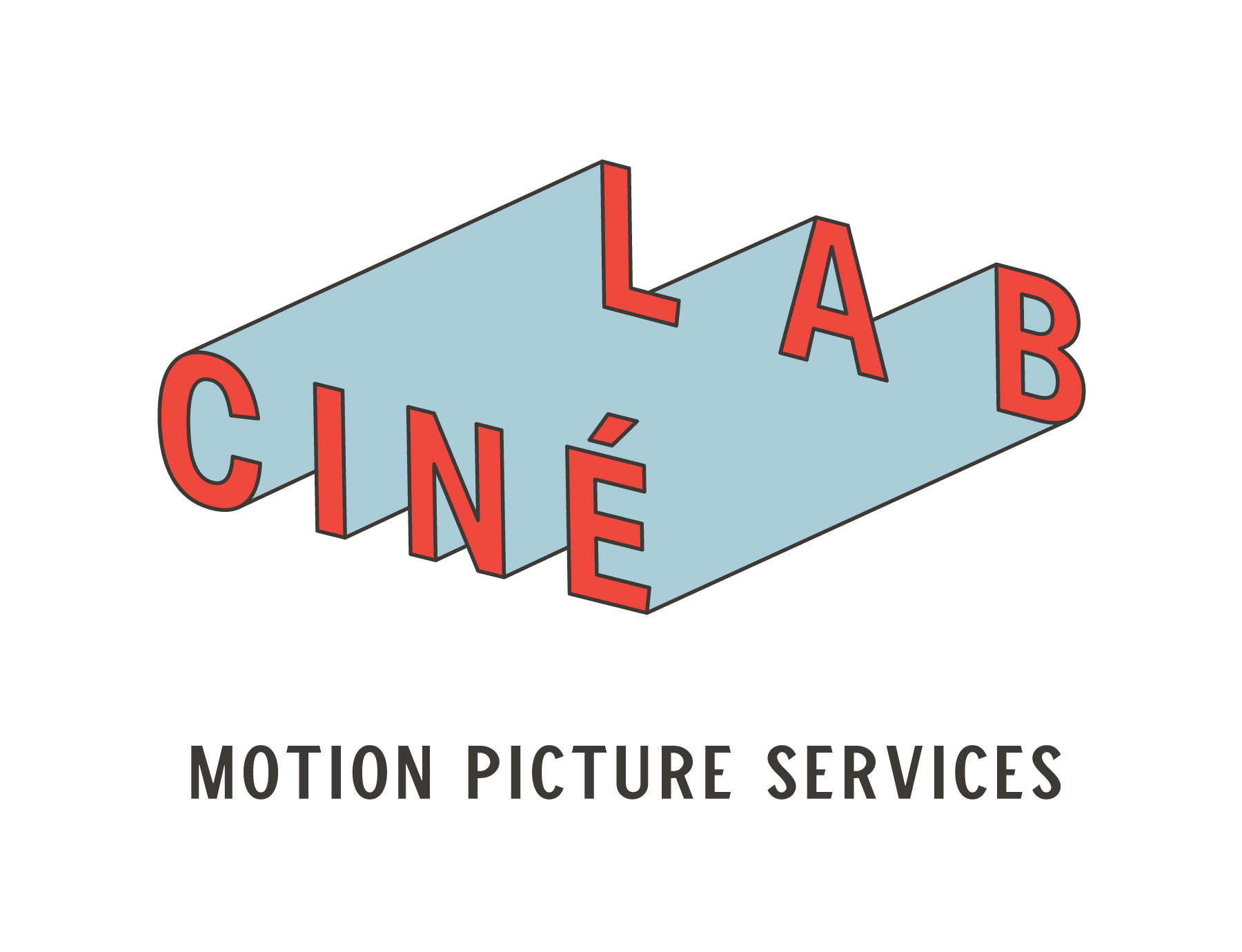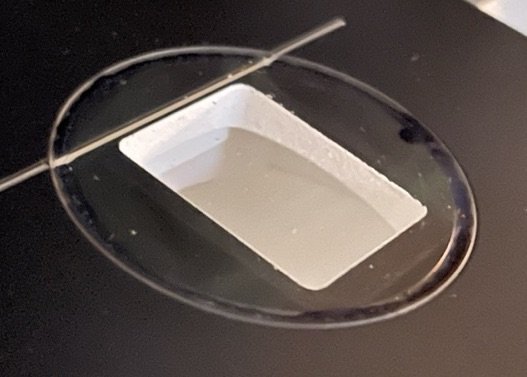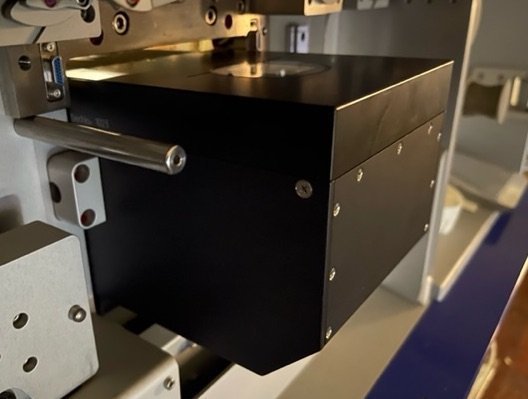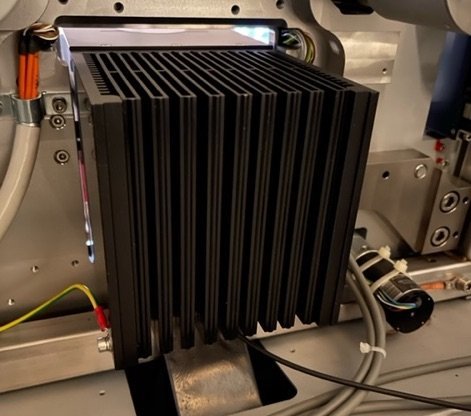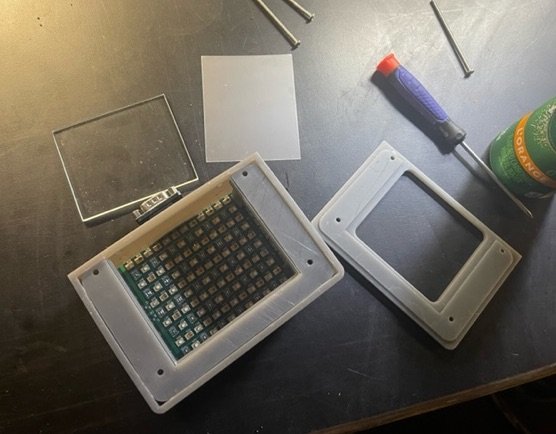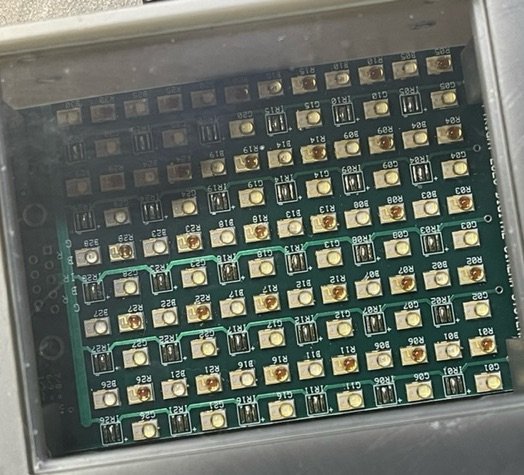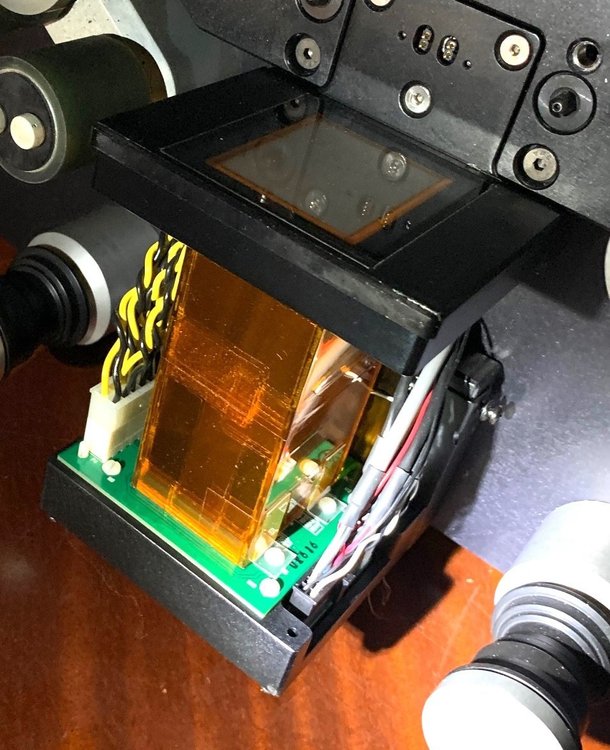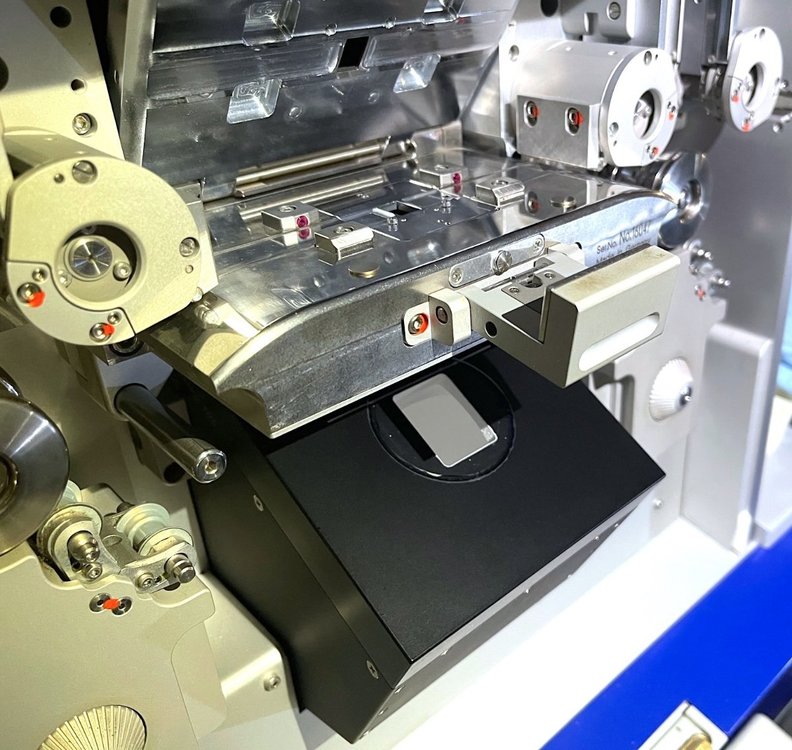-
Posts
2,364 -
Joined
-
Last visited
Everything posted by Robert Houllahan
-

Processing Problems (Yellow/Green film base?)
Robert Houllahan replied to Ali Shah's topic in Film Stocks & Processing
Yes you can re run through the bleach and fixer to wash more retained silver out. I am pretty sure that works (not something a lab really gets a request for) so I will ask someone I know who is older and wiser to confirm. Are you processing in something like a Jobo tank? Maybe try flipping the tank over over a few times a minute on the rotator ? Just to shake it up. -
Again. CFA based scanners like the Scan Station Xena-Color Kinetta HDS+ VarioScan which can all use the same make-model of sensor will have the sensor CFA Dyes (lots of cross-talk there) a combination of LED RGB lamp diodes, those diode color center temps and set RGB lamp balance at the front end then the Demosaic math and color transform matrix and or LUT at the back end to make a finished scan. All of these machines will have different specific engineering choices along each part of the imaging path. I did a test and advice on setup of a Xena in the U.K. a while ago where I scanned a LAD and TAF on the Scan Station the Spirit and the Xena and we set the initial Xena color transform matrix (something you can get to on the Xena and which is "underhood" on other scanners) so the color accuracy was right on his Xena. Eventually the three scans matched pretty closely with some minor differences. In the "True RGB" Spirit PhantomII control software there are color balance lamp output and other color correction tools to get the scan in range on the scopes. So every scanner is not just pushing an automatic button to get the best scan from any specific stock. So for that test I had to setup the color on the Spirit too and make specific choices in the scanner setup which seemed most accurate. This test was done before I acquired the Arriscan and I would have used it in 2-flash 16bit mode for that as I think it is a "gold Standard" for scanning and accuracy. If I scan a TAF and a LAD on my Arriscan, Xena and Scan Station I think there will be some differences and that once a colorist gets their hands on the scans that they can make the colors match pretty well. I think a "True RGB" scanner like the Arriscan or Xena RGB or LaserGraphics Director will still be the goto for high end work and will make a more color accurate scan. That said I have not had many people who had issues with Scan Station scans for lack of color accuracy. I setup the Scan Station scans with the color grading on and usually for negative a gamma of 1.0 and then trim the hilite and shadow controls so there is no clipping in the scopes and they look good. The scans are not clipped in the scanner scopes nor are they in Resolve or Nucoda and they seem to be able to be graded easily. YMMV
-

Processing Problems (Yellow/Green film base?)
Robert Houllahan replied to Ali Shah's topic in Film Stocks & Processing
I will try to take a look at the QWD kit specs. I think because you are getting a kind of line that you might not have enough agitation happening. In ECN2 in linear processing the developer is very heavily turbulated (agitated) for consistency by big pumps and spray bars in the developer tank. We do the same in the ECN2 Fix and looking at the scans you might have some silver retention possibly from not enough agitation. ECN2 pre-bath can affect color to some small degree but it is really primarily for RemJet backing removal and then it is heavily washed in the buffer stage and then there is an air knife to minimize chemical carry-over to the developer. I do not think prebath has anything to do with dye stabilization in the ECN2 process. Overall I would try allot more agitation. -

Processing Problems (Yellow/Green film base?)
Robert Houllahan replied to Ali Shah's topic in Film Stocks & Processing
What kind of chemistry are you using? How well controlled is your developer temp? Offhand it does look overdeveloped and could have silver retention. You might want to take a look at the ECN2 manual from Kodak and get some hypo test liquid from B&H to see how saturated your fixer is. https://www.kodak.com/en/motion/page/processing-manuals https://www.bhphotovideo.com/c/search?Ntt=hypo+check&N=0 -
LTO gets used allot in banking and other financial record keeping and I would think medical records too, archiving film scans is just a side hustle for LTO. I think the multi gen compatibility is one factor in the expense. Production does not really use LTO I have had very few requests for LTO from new production, it is always on drives and how quick can you get it to me, can you upload 5-10000 ft of 4K scans? I get some people ask can you send them back on a CD? Not professionals tho. I have an LTO5 deck and should probably get something newer.
-
Here is what the Sphere looks like on the Arriscan it is inside the square box under the gate and it is on a mechanism which allows it to be flipped down. Yes the light source is inside the sphere and the LEDs are directed in a way that all the illumination is from the sphere which is coated in a special Barium Sulfate paint.
-
These machines are tools for work and not classic cars I would not characterize them as "collectable" really. Big post houses bought new scanners as new tech allowed for better and faster scans. I think Co3 was running something like fifty scanners at one time. I know they had more than a dozen "classic" Spirit SDC2000 machines in a room with suites upstairs in NYC when they were uptown. They also had Spirit 4K and Arriscan and maybe Northlight machines in other rooms for DI work. Postworks (used to be Technicolor-PW) in NYC has maybe ten spirits in the basement and two running along with a Scannity and Arriscan, if you watch "Succession" on HBO that is where it was scanned. So IDK who has the biggest pile of machines it is not me.
-
We have done rewash on films that were night and day difference, something a ultrasonic clean could not even begin to get out. The rewash can kill and remove mold and to some degree soften and “heal” the emulsion. One film in particular for a big Scorsese doc was so severely damaged and had black mold splotches all over it making it really unusable even after ultrasonic. After rewash it had just the finest looking “cracks” where the emulsion had split I scanned it on the Spirit 4K everyone rejoiced. I am building a multi process rewash / backing removal processor out of spare parts. the Integration sphere is just literally what it sounds like, on the Arriscan it is a square box about 6-7” on the outside and if you look into the quartz window you see the interior of a white sphere. The LED array is not visible it bounces light into the sphere. The Scan Station and other scanners use a holographic diffuser which also works well. Look on Edmund optics for Holographic Diffuser and they have them in different degrees, its fairly expensive material.
-
Just about any film processor can develop Ultra-16mm without damaging the area between the perfs, I don't think any lab worldwide is running a Sprocket drive film processor at this point. I also don't know of any lab which does not have a Scan Station and scanning U-16mm is a pretty basic framing setup on the Scan Station. We often do 16:9 or 1.1.85 cropped scans of Standard 16mm and as long as the lens is good and the exposure is right they can look really fantastic.
-
I really like the Aputure 120d II I got it on eBay for much less than the retail, it is daylight but very nice fixture. I would look for some Kino-Flo 2 and 4 bank fixtures for soft light you can get both Daylight and Tungsten Fluoro bulbs and they are dimmable. Alost look at Ianiro RedHead PARs or Mole-Richardson Teeny, Baby etc. fresnels they are really solid and usually less $$ than Arris.
-
There are more Pros than Cons to the Scan Station line of scanners, the addition of 2-Flash "HDR" to the 5K SSP basically just fixes my biggest issue with that scanner. It is great for 35mm dailies and 35mm Commercials and Music Videos etc. which need 4K or 5k overscan and a fast turnaround. The HDR option for the SSP cost the same as the HDR option for the full Scan Station and that is fine. They do not offer HDR for the Archivist but the Sony Pregius sensor in that machine has far better noise performance. I see these two machines as basically replacing my two Spirit DataCine machines. Every lab I know of has a pile of scanners, Spirits and Scannity Northlights and Arriscans Golden Eyes and Oxberrys hanging around. Every lab I know of has at least one Scan Station. YMMV
-
I really like my Nikon R10:


